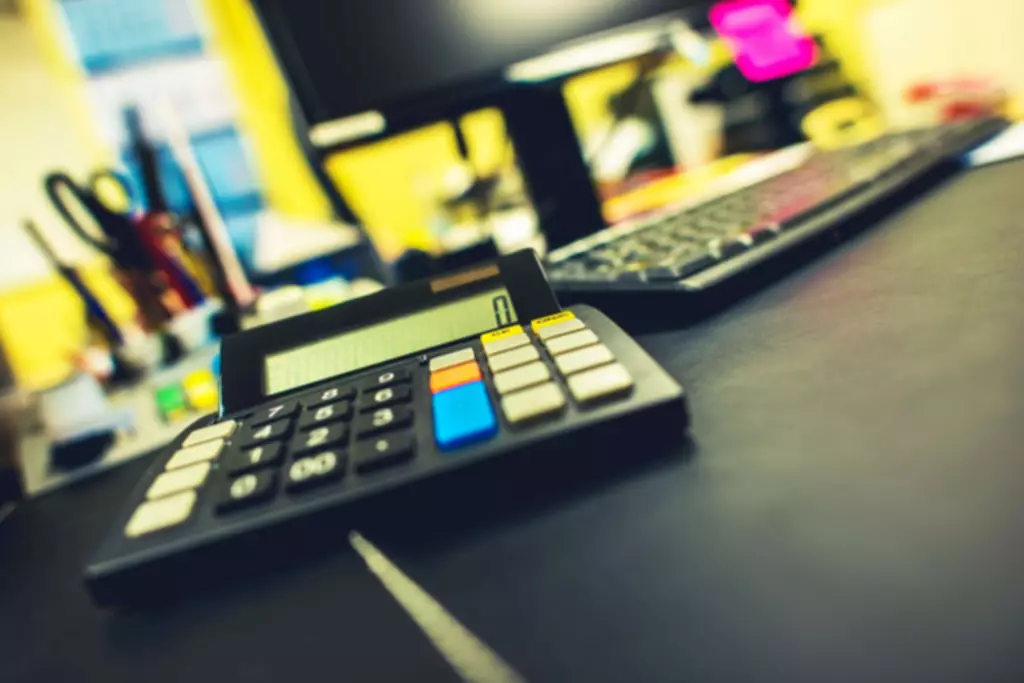Content

In this article, ShipCalm will explore what FOB is, the pros and cons of FOB, and how a third-party logistics company like ShipCalm can help your business with all its shipment needs. To recap, FOB shipping point means that ownership of the goods and the liability in case of damage or loss transfers to the buyer as soon as the seller loads the goods on the ship at the port of origin. The buyer is responsible for insurance, unloading, marine freight transport cost, and transportation of the goods from the arrival port to their final destination. First, the acronym FOB is a shipping term that stands for ‘free on board’. Free on board is a trade term that is used to determine or indicate whether the seller or the buyer is accountable for any damaged, lost, or destroyed package within the shipment process. Who gets billed for shipping and by whom depends on the FOB designation as well.
Free on Board (FOB) Explained: Who’s Liable for What in Shipping? – Investopedia
Free on Board (FOB) Explained: Who’s Liable for What in Shipping?.
Posted: Sat, 25 Mar 2017 19:25:34 GMT [source]
Bloemen Alle is a Russian businessman engaged in the export of carpets. It received an order worth $5,000 from a Dubai-based customer on 10 October 2013, and the supplier was asked to ship the carpets by 25 October 2012 under the FOB agreement. The FOB Destination terms also apply to the cost of shipping and the responsibility for the goods. This means that the seller is the responsible party and must undertake the cost of any damages or extra fees incurred during the delivery process. FOB Destination is a shipping term that means that the legal title to the goods remains with the seller until the goods reach the location of the buyer. When legal ownership of a shipment changes hands, the goods also become part of someone else’s inventory. Even though a shipment may not even be at your loading dock yet, FOB shipping point means that they are technically part of your inventory.
FOB Add-on Terms
Of the 11 different incoterms that are currently used in international freight, Free on Board is the one that you will encounter most frequently. Bid prices shall include delivery of all items F.O.B. destination or as otherwise provided. If you use inventory management software, track each FOB delivery online to keep a close eye on it from departure to arrival. The sale of finished goods requires entries to record both the selling price and the cost of the job. A purchase discount is the price offered by the purchaser for delaying the payment to the seller. That means every time you are exporting or importing from a new country, you will have to do some fresh research to find out what you need to do, so as to have a smooth process.
- On the screenshot image below, you will notice the shipping options that you can set prior to selling your products online.
- All the responsibilities and risks related to the delivery of goods are also transferred to the buyer at this point.
- If anything happens to the goods on any leg of the journey to the buyer, the supplier assumes all responsibility.
- You are definitely giving your customers a clearly indicated information on how you charge for shipping and on how they can get the items shipped.
- Although FOB has long been stated as “Freight On Board” in sales contract terminology, this should be avoided as it does not precisely conform to the meaning of the acronym as specified in the UCC.
- The buyer pays for all costs beyond that point, including unloading.
There is a lot of due diligence to be done if you’re involved in the import and export business. Learning about what is entailed in FOB shipping point is a good first step, but you have to keep learning and dig deeper. For instance, if a person in the US is ordering a refrigerator , he or she will probably agree to a sale under the FOB shipping point.
OTHER TERMS YOU WILL ENCOUNTER WHEN DEALING WITH FOB SHIPPING POINT
In the past, the FOB point determined when title transferred for goods. Ownership of a cargo is independent of Incoterms, which relate to delivery and risk.
- They rely on trust, and are a big risk – the customer cannot assure the business that they will for sure pay for the refrigerator on delivery.
- Basically, the buyer takes complete control over the delivery once a freight carrier picks the goods.
- Free Alongside Ship is a barebones ocean freight shipping option.
- If a shipment is sent FOB Shipping Point (the seller’s warehouse), then the sale is concluded as soon as the truck pulls out of the seller’s loading dock and is noted in the accounting system as such.
- International commercial laws have been in place for decades and were established to standardize the rules and regulations surrounding the shipment and transportation of goods.
Working with a 3rd party logistics provider like ShipCalm allows businesses to simplify the process of understanding incoterms. ShipCalm is an expert in all things shipping, from shipping terms and logistics to affordable order fulfillment and management services. Especially for international shipments that need to be streamlined as much as possible, ShipCalm is here to help.
Understanding Free on Board (FOB)
If you are a seller using FOB destination and you are shipping using a third-party carrier such as US Postal Service or UPS, consider getting insurance on any expensive https://www.bookstime.com/ goods that you ship. Furthermore, the goods now belong to the buyer and the buyer’s accounting books can at this point record an increase in inventory.
- Bid prices shall include delivery of all items F.O.B. destination or as otherwise provided.
- The FOB destination point is to transfer the title of the goods to the buyer from the seller as soon these arrive at the buyer’s location.
- This means that goods in transit should be reported as inventory by the seller since technically the sale doesn’t occur until the goods reach the destination.
- For example, “FOB New York ” means that in this case, they are referring to the incoterms 2010 edition meaning of the term.
- The seller selects the freight carrier and is responsible for shipping the goods to the final destination point.
In this example, we will assume that the seller, the tablet has quoted a price of $300 for the sale of electronic equipment, effective as the FOB shipping point. Additionally, we will assume that the product is marked for transport on a specific date, Aug 22. The equipment, or product, may be in transit until it arrives at the buyer’s location, which might be scheduled for Aug 28. In this case, the seller would record a sale for Aug 22, as well as tracking the sale as an account receivable and a reduction in inventory. A company from California orders 10,000 units of jute bags from a manufacturer in India and signs an FOB shipping point contract. After finalizing the order, the seller company decides to transport all the units to the nearest shipping port via truck.
FOB Shipping Point vs. FOB Destination: What’s the Difference?
“FOB Destination” means the seller retains the risk of loss until the goods reach the buyer. “FOB Destination” means the seller retains the title of the goods and all responsibility during transit until the items reach the buyer. Assume a fitness equipment manufacturer receives an order for 20 treadmills from a newly opened gym across the country. The terms of the agreement are to deliver the goods fob shipping point FOB shipping point. Although FOB shipping point and FOB destination are among the most common terms, there are other agreements that vary from these two. FOB contracts have become more sophisticated in response to the increasing complexities of international shipping. Free on board destination indicates that the seller retains liability for loss or damage until the goods are delivered to the buyer.

When goods are sold, their costs are transferred to the finished goods inventory. This gives the business protection, in the event of a failed payment after the business has already paid for the transportation. As a seller, one way to deal with this is estimating the cost and choosing the freight prepaid route, in which case the cost gets included in the purchase.
Should you ship or receive your goods free on board shipping point or destination? The answer often depends on the particular circumstances of your materials transportation. In some cases, it may behoove you to transfer ownership of your shipment at a different point in the process. The accounting treatment of the FOB shipping point is important since adding costs to inventory means the buyer doesn’t immediately recognize an expense.
- If the goods are damaged in transit, the loss is the responsibility of the buyer.
- It essentially indicates who is liable and responsible for goods if they are damaged, lost or destroyed during shipment.
- Free on Board is one of the commonly used shipping terms, which means that the legal title to the goods remains with the Supplier until the goods reach the buyer’s location.
- In the event of any problem with the goods during any leg of the journey to the Buyer, the supplier shall be fully responsible.
- The most common trade term is the International Code for the Interpretation of Trade Terms , but companies shipping to the United States must also comply with the Uniform Commercial Code.
- Free on board, also referred to as freight on board, only refers to shipments made via waterways, and does not apply to any goods transported by vehicle or by air.
The answer to who is responsible when an item or product is damaged or lost upon shipping depends on what type of agreement or contract both parties have signed. Read further to fully understand what FOB shipping point means. Let us assume, Company A that is located in the Philippines buys Personal Protective Equipment from a supplier based in Taiwan, and the company signs an FOB shipping point agreement.
Transfer of ownership occurs when the goods have been delivered to the buyer . Costs of shipment often reside with the buyer as they are now considered owners during transit. Timothy Li is a consultant, accountant, and finance manager with an MBA from USC and over 15 years of corporate finance experience. Timothy has helped provide CEOs and CFOs with deep-dive analytics, providing beautiful stories behind the numbers, graphs, and financial models. There are situations where you may be responsible for covering costs before your goods are on board. Once aboard, the rest of the journey from China is now both your liability and your expense. Your goods are packaged and loaded onto a truck at the supplier’s warehouse .
